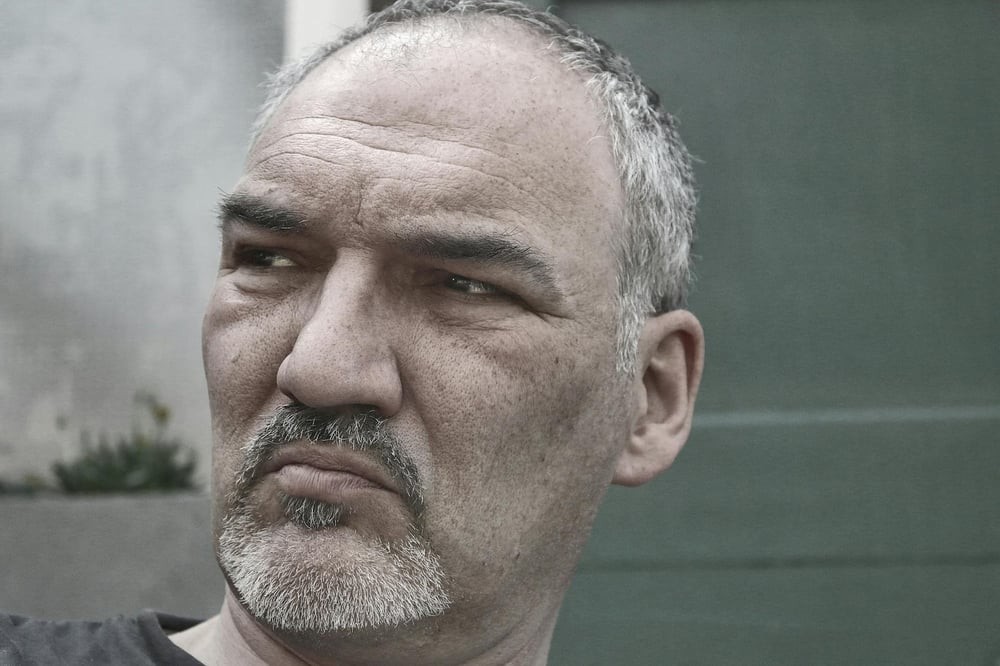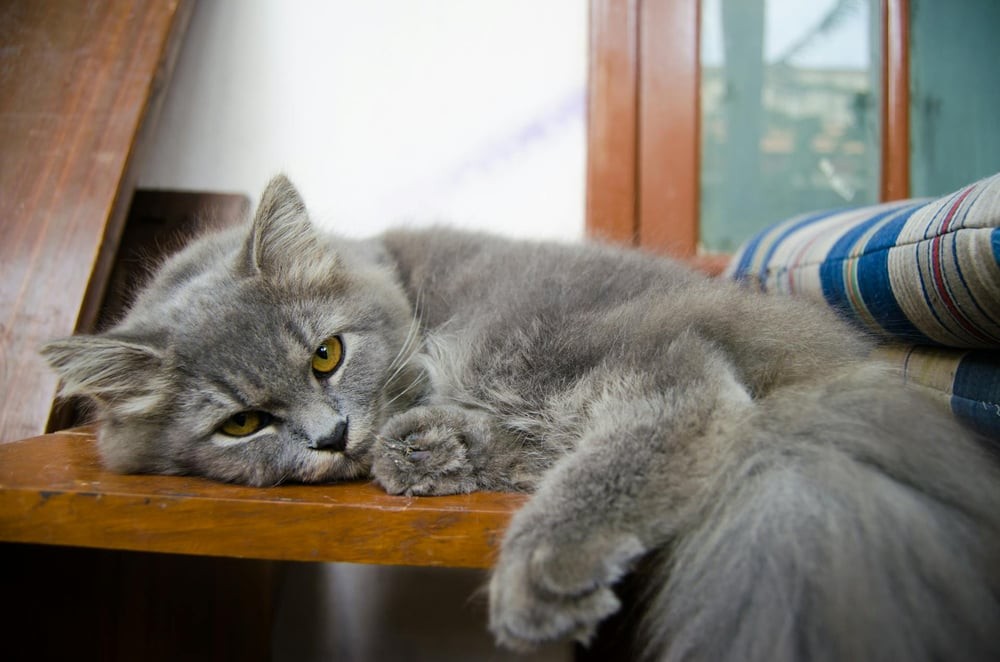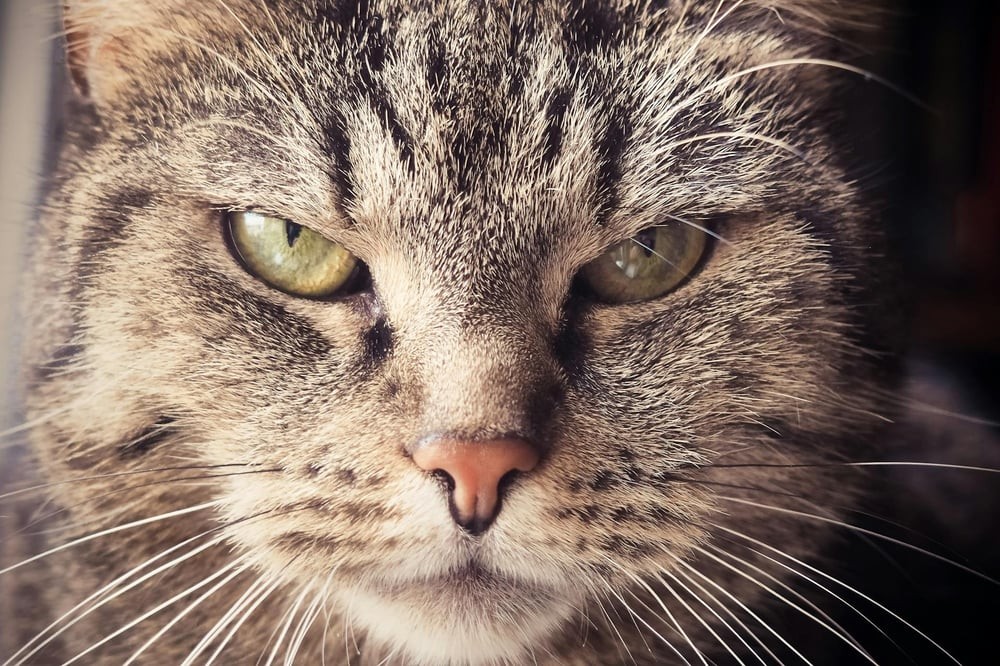What Is An Anti Hero? It’s a protagonist who lacks traditional heroic qualities, often driven by self-interest and questionable morals. At WHAT.EDU.VN, we help you understand this complex character archetype. Delve into their characteristics and motivations to fully grasp this fascinating figure in literature and film. Explore anti-hero examples and character flaws now.
1. Understanding the Anti-Hero
If you’re finding yourself strangely drawn to a protagonist and questioning your own judgment, chances are you’re dealing with an anti-hero. These characters are central to the narrative, pursuing goals and confronting obstacles, much like traditional heroes. They undergo transformations, face challenges, and might even save the day.
However, the defining characteristic of an anti-hero is their lack of a heroic spirit. They often engage in morally ambiguous actions, driven by self-interest rather than altruism. While a traditional hero might have a few understandable flaws and strive to become a better person, an anti-hero is often riddled with vices and maintains a self-serving perspective.
1.1. Key Anti-Hero Qualities
Here are some common traits exhibited by anti-heroes:
- Selfishness: Anti-heroes are primarily motivated by their own needs and desires. They may do good deeds, but their underlying motivation is often self-serving.
- Self-Destructive Behavior: Rather than confronting their inner demons in a healthy way, anti-heroes often embrace them. They may engage in risky behaviors, substance abuse, or other self-destructive habits.
- Anti-Social Behavior: Anti-heroes often have a cynical view of humanity and prefer to keep their distance from others. They may be misanthropic, distrustful, and have difficulty forming meaningful relationships.
- Unconventional Philosophies: Anti-heroes often challenge societal norms and develop their own unique perspectives on morality and ethics.
- Human Vulnerability: Despite their flaws, anti-heroes are often portrayed as relatable characters with understandable vulnerabilities. They may be driven by fear, insecurity, or a desire for acceptance.
1.2. Hero or Not? A Matter of Perspective
Anti-heroes occupy a gray area between hero and villain. Some anti-heroes may be considered heroic simply because they are the central characters in the story. Their actions may not be morally justifiable, but the audience is invested in their journey.
Other anti-heroes may ultimately perform heroic acts despite their flaws. They may even undergo a transformation and become better people by the end of the story.
2. Distinguishing Anti-Heroes from Other Character Types
The term “anti-hero” can be confusing, as these characters share traits with other archetypes. Let’s clarify the distinctions between anti-heroes and three commonly confused character types:
2.1. Tragic Hero
A tragic hero is a traditional hero with a fatal flaw that leads to their downfall. They are typically noble and intend to do good, but their flaw ultimately causes their destruction.
- Key Difference: Tragic heroes are primarily defined by a single flaw, while anti-heroes exhibit a pattern of self-serving behavior.
2.2. Villain Protagonist
A villain protagonist is the main character of the story but is undeniably evil and destructive. They lack the relatable qualities that make anti-heroes sympathetic.
- Key Difference: Anti-heroes evoke a sense of empathy and relatability in the audience, while villain protagonists are generally detested.
2.3. Anti-Villain
An anti-villain is a villain with admirable motives. They may do evil things, but their underlying goal is often noble or justifiable.
- Key Difference: Anti-villains have good motives but use bad methods, while anti-heroes may do good things for selfish reasons or bad things for understandable reasons.
Understanding the nuances between these character types will help you define what is an anti hero with more clarity.
3. The Anti-Hero’s Journey: A Different Kind of Transformation
While the traditional Hero’s Journey involves a hero leaving their ordinary world to complete a mission and transform for the better, the anti-hero’s journey is more complex. They may or may not undergo a significant transformation.
3.1. Positive Arc
In a positive arc, the anti-hero initially accepts the call to adventure for selfish reasons. However, as the story progresses, they develop empathy for others and begin to act selflessly.
- Example: Shrek starts out wanting solitude, but ends up prioritizing companionship and connection.
3.2. Negative Arc
In a negative arc, the anti-hero starts out with understandable flaws, but their choices lead them down a dark path, ultimately hurting themselves and others.
- Example: A character who makes a series of bad choices that lead to their downfall and the destruction of their relationships.
4. The Purpose of the Anti-Hero: Why Write Morally Ambiguous Characters?
Why choose to write an anti-hero instead of a traditional hero? Anti-heroes offer unique opportunities to explore complex themes and elicit specific emotional responses from readers.
4.1. Reflecting Human Complexity
Anti-heroes embody the messy reality of human existence. They are flawed, vulnerable, and often driven by self-preservation. This makes them relatable and allows readers to see themselves in the characters.
4.2. Challenging Norms
Anti-heroes can challenge societal norms and question established moral codes. Their actions and beliefs may be controversial, but they can force readers to re-evaluate their own values.
4.3. Presenting Alternative Perspectives
Anti-heroes can offer a fresh perspective on familiar stories or situations. They allow the audience to see the world through the eyes of someone who is typically marginalized or vilified.
5. Classic Anti-Hero Examples in Literature and Film
To better understand the anti-hero archetype, let’s examine some well-known examples:
5.1. Walter White from Breaking Bad
Walter White is a prime example of an anti-hero with a negative arc. While viewers may initially sympathize with his desire to provide for his family, his choices become increasingly destructive and morally reprehensible.
5.2. Wednesday Addams from Wednesday
Wednesday Addams represents an anti-hero with a positive arc. She starts out as an antisocial and cynical character but gradually develops a sense of connection and empathy for others.
5.3. Jay Gatsby from The Great Gatsby
Jay Gatsby is an anti-hero who is driven by a desire for love and acceptance, but his methods are often dishonest and obsessive. He embodies the flawed pursuit of the American Dream.
6. Tips for Crafting a Compelling Anti-Hero
Now that you have a better understanding of what is an anti hero, here are some tips for writing your own morally ambiguous protagonist:
6.1. Give the Reader a Reason to Care
Even though the character is flawed, readers need a reason to invest in their journey.
- How: Provide a relatable motivation, reveal vulnerabilities, highlight what’s at stake, and show moments of selflessness.
6.2. Explain the Broken Moral Compass
Show the audience how past trauma or experiences shaped the character’s flawed philosophy.
- How: Develop a believable backstory that justifies their questionable actions.
6.3. Make Space for Internal Conflict
Demonstrate the character’s internal struggles and moral dilemmas.
- How: Show them hesitating before making a questionable choice or grudgingly doing the right thing.
7. Diving Deeper into the Anti-Hero’s Psyche
Anti-heroes exist on a spectrum, ranging from flawed to despicable. They possess a multitude of traits, including strengths, weaknesses, and traumatic pasts.
To write a compelling anti-hero, you need to delve into their psyche and fully understand their motivations and vulnerabilities. Explore their past traumas and their unconventional philosophies. Understand what makes them tick and what drives their decisions.
8. Unveiling The Layers of Anti-Heroes
Anti-heroes are not simply villains in disguise. They are complex individuals with a unique blend of positive and negative traits. They are capable of both great cruelty and surprising acts of kindness.
To create a truly memorable anti-hero, you need to:
- Give them a compelling backstory that explains their flaws and motivations.
- Showcase their vulnerabilities and insecurities.
- Allow them to make mistakes and learn from them (or not).
- Challenge their beliefs and force them to confront their own demons.
- Make them relatable to the audience, even if they are not always likable.
By following these tips, you can create an anti-hero that is both fascinating and unforgettable.
9. Still Have Questions About Anti-Heroes? Ask WHAT.EDU.VN!
Navigating the complexities of character archetypes can be challenging. If you’re still unsure about what is an anti hero or have other burning questions, don’t hesitate to reach out to WHAT.EDU.VN.
We provide a platform for you to ask any question you have, no matter how simple or complex. Our community of experts and knowledgeable users is ready to provide you with accurate and insightful answers.
10. Get Your Questions Answered for Free at WHAT.EDU.VN
At WHAT.EDU.VN, we understand the challenges of finding reliable and accessible information. That’s why we offer a free question-and-answer service to help you get the answers you need.
10.1. Why Choose WHAT.EDU.VN?
- Free Access: Ask any question and get answers without any cost.
- Quick Responses: Get your questions answered promptly.
- Expert Knowledge: Connect with knowledgeable users and experts in various fields.
- Easy-to-Use Platform: Our platform is designed for ease of use and navigation.
- Community Support: Join a community of curious learners and share your knowledge with others.
10.2. How to Ask a Question on WHAT.EDU.VN
- Visit our website: WHAT.EDU.VN
- Create a free account or log in.
- Go to the “Ask a Question” section.
- Type in your question clearly and concisely.
- Select the appropriate category for your question.
- Submit your question and wait for responses from our community.
11. Don’t Hesitate, Ask Away
Whether you’re curious about anti-heroes, writing techniques, or anything else, WHAT.EDU.VN is here to help. Don’t let your questions go unanswered.
12. Contact Us
For any inquiries or assistance, feel free to contact us:
- Address: 888 Question City Plaza, Seattle, WA 98101, United States
- WhatsApp: +1 (206) 555-7890
- Website: WHAT.EDU.VN
FAQ: Understanding the Anti-Hero
| Question | Answer |
|---|---|
| What is the difference between an anti-hero and a villain? | An anti-hero is a protagonist who lacks traditional heroic qualities but still evokes empathy. A villain is a character whose actions are intentionally evil and lacks redeeming qualities. |
| Can an anti-hero become a hero? | Yes, an anti-hero can undergo a positive character arc and transform into a more heroic figure. This often involves developing empathy and acting selflessly. |
| What are some common motivations for anti-heroes? | Common motivations include self-preservation, revenge, a desire for power, or a need to protect loved ones. These motivations often stem from past trauma or a cynical view of the world. |
| How do you make an anti-hero relatable to the audience? | By giving them understandable flaws, vulnerabilities, and a compelling backstory. Showing their internal struggles and moments of selflessness can also help the audience connect with them. |
| What role do anti-heroes play in storytelling? | Anti-heroes can challenge norms, reflect human complexity, and present alternative perspectives. They can also explore moral gray areas and force the audience to question their own values. |
| What distinguishes an anti-hero from a tragic hero? | A tragic hero typically has a single, fatal flaw that leads to their downfall, while an anti-hero displays a pattern of self-serving behavior. Tragic heroes often act with noble intentions, whereas anti-heroes are more driven by personal gain or survival. |
| Is it possible for an anti-hero to have a positive character arc? | Absolutely. An anti-hero’s journey can lead to growth, empathy, and selflessness, transforming them into someone who prioritizes others. This arc showcases the potential for redemption and change, even in the most flawed characters. |
| What are the most common flaws that anti-heroes exhibit? | Selfishness, cynicism, arrogance, impulsiveness, and a disregard for rules or authority. These flaws often create conflict and drive the anti-hero’s actions throughout the story. |
| How do you balance an anti-hero’s negative traits with positive ones? | By carefully crafting their backstory and motivations, and showing moments of vulnerability or kindness. This creates a nuanced character that is both flawed and sympathetic. |
| What are some examples of anti-heroes in popular culture? | Walter White from Breaking Bad, Wednesday Addams from Wednesday, and Jay Gatsby from The Great Gatsby are all examples of well-known anti-heroes. |









Do you have more questions about anti-heroes or any other topic? Visit what.edu.vn today and ask away! Our community is ready to provide you with the answers you need.